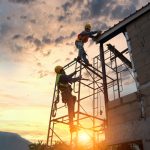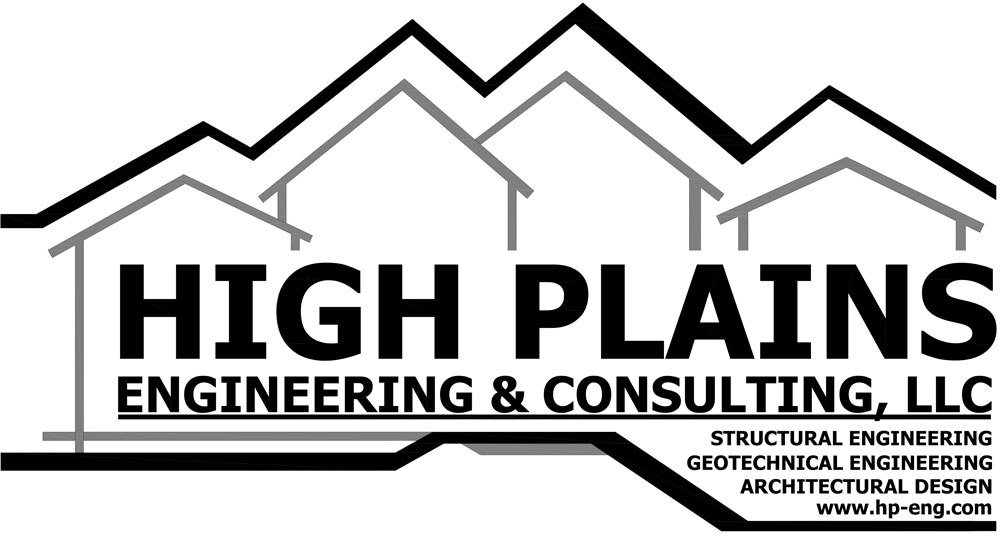
The relationship between architecture and structural engineering is a complex and symbiotic one. While architects are primarily focused on the aesthetic and functional design of buildings, structural engineers are responsible for ensuring that those designs are structurally sound and safe for occupants. The collaboration between these two disciplines is crucial in achieving design excellence and structural integrity in buildings. How Architects and Engineers Work Together Architects and engineers work closely together from the inception of a project to its completion. During the design phase, architects and engineers collaborate to develop a concept that meets the client’s needs and budget while... View Article
When it comes to steel, there are a wide variety of grades available, each with its own unique properties and uses. The grading of steel is typically based on its chemical composition, mechanical properties, and other factors that determine its suitability for specific applications. Understanding the different grades of steel can help you make informed decisions when choosing materials for your projects. Let’s take a closer look at some of the most common grades of steel and how they are utilized in various industries. Low Carbon Steel (Grade 1018) Low carbon steel, also known as Grade 1018, is one of... View Article
Replacing rooftop units (RTU’s) is a necessary task that building owners and managers should not overlook. RTU’s play a crucial role in heating, ventilation, and air conditioning (HVAC) systems in commercial buildings. Over time, these units can wear out, malfunction, or become inefficient, leading to increased energy costs and reduced comfort levels for occupants. In addition to replacing RTU’s, it is also important to ensure that the structure supporting these units can handle the weight and loading requirements to prevent any safety hazards. Signs That It’s Time To Replace RTU’s There are several signs that indicate it’s time to replace... View Article
Hollow Structural Sections (HSS) tube steel is a versatile material used in various industries such as construction, engineering, and manufacturing. It is known for its high strength, durability, and lightweight properties. But have you ever wondered how HSS tube steel is made? In this blog, we will take a closer look at the manufacturing process of HSS tube steel and explore the steps involved in its production. 1. Raw Materials: The first step in making HSS tube steel is to gather the necessary raw materials. These typically include hot-rolled steel coils and sheets, which are made up of carbon and... View Article
Corrosion, the gradual deterioration of materials caused by chemical reactions with the environment, is a significant concern in numerous industries and applications, ranging from construction and automotive to electronics and packaging. Two commonly used metals, aluminum and galvanized steel, are known for their corrosion-resistant properties, making them popular choices for various purposes. However, the question of which metal is superior in terms of corrosion resistance remains a subject of debate among experts. In this blog post, we will explore the properties of aluminum and galvanized steel and discuss the factors influencing their corrosion resistance. Understanding Aluminum’s Corrosion Resistance Aluminum, a... View Article


 HPEC is an active member of CAGE
HPEC is an active member of CAGE